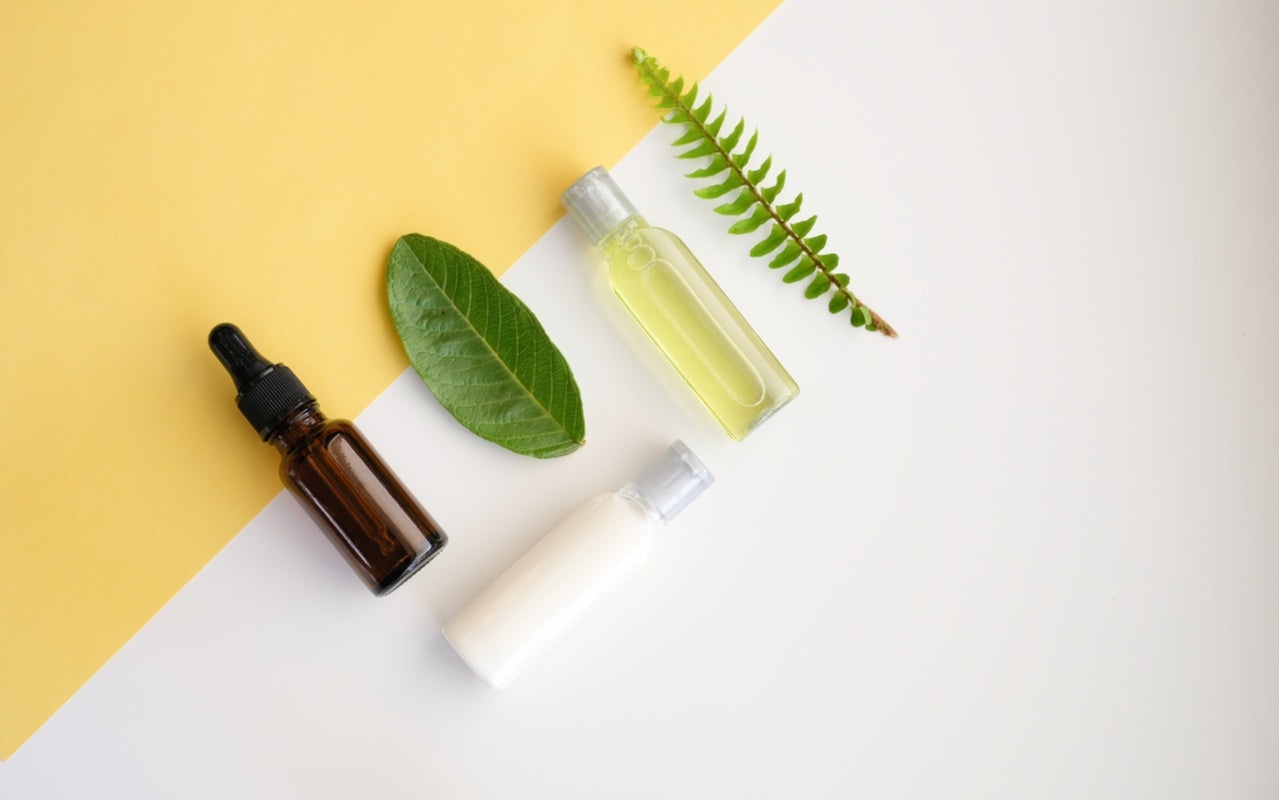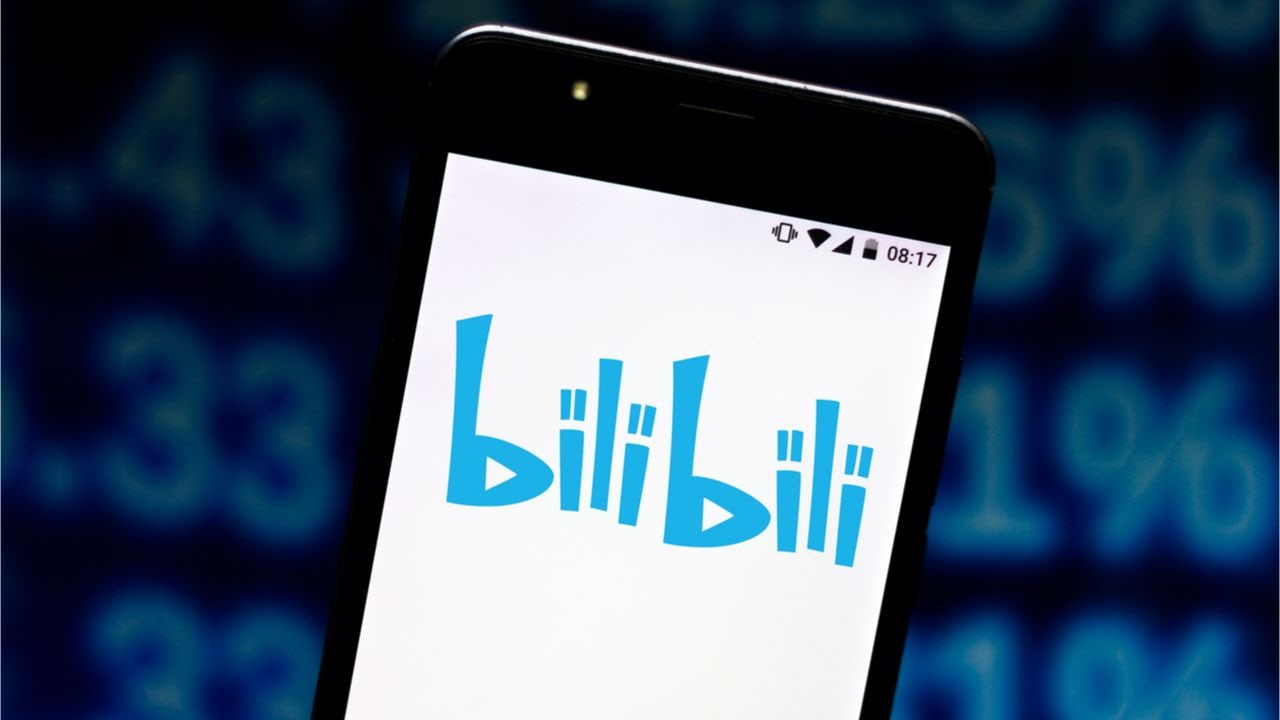According to Vogue Business, after COVID-19 hit China in January, Shiseido saw Chinese beauty sales decline by 55 percent year-on-year over the holiday weekend. Japanese cosmetics brand Kosé also decreased its sales forecast for the year by 4.5 percent - citing the effects of the pandemic on Chinese shopping and tourism. Moreover, the publication emphasized that Tmall saw an impressive (50%) decrease in cosmetics and skincare sales in January while McKinsey noted that February sales declined by 80 percent year-on-year.
However, by March there was a marked rebound, with sales declining only 20 percent compared to the past year. Nevertheless, McKinsey argued that the return to in-store shopping could be “slow and differentiated,” despite store reopenings and reports of “revenge spending.” Consequently, industry leaders remain cautious as they registered new market dynamics like shifts toward online and additional changes in consumer behavior.
But beauty is well placed to bounce back and brands are adapting fast to shifting dynamics. Thanks to smart gadgets and disruptive technologies, cosmetic products are no longer tested in brick-and-mortar stores, but in virtual settings. Besides, customization and personalization of beauty products are also in high demand. Now, new trends in makeup and skincare are revolutionizing the face of the post-COVID-19 beauty industry.
Eye makeup sees a surge in sales#
According to China Daily, gone are the days when women were investing in lipsticks. In our new mask-wearing reality, cosmetic products that enhance the eyes and eyebrows are in high-demand. In fact, during the first three months of this year, international brands operating on Tmall saw a 40 percent growth in sales of eyeliners and eye shadows. Similarly, McKinsey emphasizes Alibaba’s eye-cosmetics sales that grew by 150 percent, month over month, during the week of February 18, 2020.
Several beauty experts agreed with analyst assessments of the sector. Vivien van de Water, sales director of Merck commercial cosmetics, Asia told Cosmetics Design Asia: “For sure the entire cosmetics industry took a hit, particularly make-up because people have to wear masks and stay at home. (The decline) is pretty circumstantial. We do see already that the demand is coming back, starting with eye shadows and mascara.”
Sarah Sai, China brand director of Urban Decay, also registered a similar positive trend for eye makeup. Just recently, her feedback to China Daily noted that the penetration rate of eye shadow products in China has exceeded South Korea, “where the makeup market is highly mature.”
The move toward a safer skincare regime#
Considering extensive hand washing has become our daily routine, skin roughness and dry, irritated skin are serious concerns for many beauty consumers; moreover, the daily usage of masks is taking a toll on wearers and is triggering skin problems. Thus, beauty shoppers are looking for moisturizers that soften and cure irritations and made from immunity-boosting, safe and organic ingredients that don’t produce extensive damage.
Mintel Beauty & Personal Care noted that supplements and immune-boosting vitamins sold out fast at the start of the pandemic. Clare Hennigan, Senior Beauty Analyst at Mintel also highlighted the increased demand for safe and eco-friendly products. “COVID-19 is impacting the way consumers approach beauty and personal care products, especially when they consider ingredient safety, cleanliness and shelf-life,” she said.
In addition, there is a rise in the trend of DIY beauty care. The entire world is now stuck at home, spending months inside with no access to dermatologists and beauticians, so sales of homemade beauty and self-care products have registered a significant boost. This trend is hardly surprising in China; since ancient times, this is a country where herbal remedies were used to cure diseases including stress and anxiety.
Considering that practising self-care at home makes the skincare routine more fun, it is hardly surprising that consumers have turned toward DIY beauty. These include candles for aromatherapy, sheet face masks, and even utensils for “gua sha” massages while beauty KOLs and micro-influencers have endless remedies for every beauty problem during the pandemic.
“Buy Chinese” and a desire to help local beauty brands#
Even before the pandemic “buy Chinese” was trending. But in the post-COVID-19 age, there is an even stronger drive to buy C-beauty due to encouraging domestic consumption and local players. Additionally, the tense relationship between the two global superpowers and the anti-China feeling that has spread around the world due to the virus has left many Chinese consumers feeling isolated and stigmatized. Accordingly, many boycotted Western brands and bought C-beauty.
But there’s another aspect too: local players are consumer-focused. They are therefore more innovative and willing to experiment with new technologies, Also, C-beauty emphasizes digital. For example, the Chinese beauty tech company Meitu has developed a free AR tool to assist beauty companies during the pandemic. The tool creates virtual makeup effects in one minute. Alongside this, Perfect Diary (完美日记) built a solid audience through a savvy digital marketing strategy that generated high engagement.
In an interview with Karen Webster, James Huang, Payoneer’s regional vice president of Greater China said: “There’s a lot of talk about reduction in consumption power. But at the same time, this might be a once-in-a-lifetime disruption – we’re talking about a prominent change in consumer preferences.”
Huang is right; this is indeed an unprecedented moment. Therefore, brands that take advantage of the disruptive power of the pandemic could emerge from the epidemic even stronger and bigger than before. On the other hand, those that ignore the signs and refuse to redefine their strategy might fall into oblivion.

